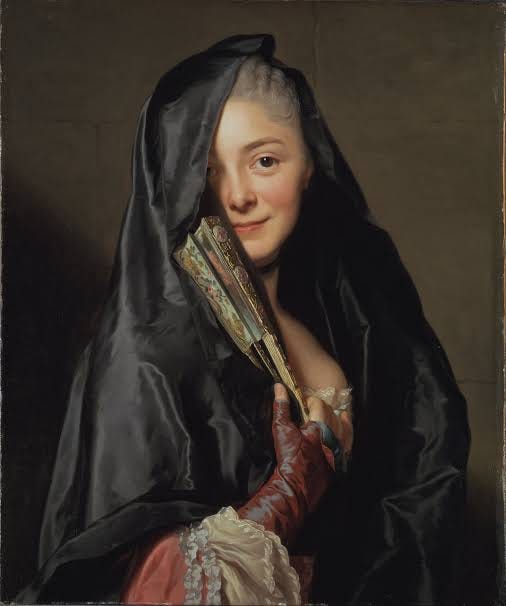One of the most disingenuous ways architects and planners have to hamstring and demoralize ordinary people wanting to live in beautiful places rather than ugly places, is the demand of “a definition of what constitutes beauty”, as if this lack of metaphysical clarity in the plebs somehow mandates the ugly.
Despite continuing scientific progress in pinpointing the physical reality of beauty—both perceived (as in how we see it) and objective (how it manifests in a physical objective reality), and its effect on our psychological wellbeing and physical health—we are often met with flat out denial or hostility when we talk about beauty in general or in the beauty of places. Wether we like it or not, the word “beauty” itself has become so infused with value and status that it has become almost unusable.
So rather than letting ourselves become tangled up in metaphysical debates and holier-than-thou status games, we might do better adopting another word for what we want to achieve. For this purpose I propose a word that is already in use by “hard” scientists (the kind that work in lab coats and uses sophisticated neurological monitoring gear, the kind of people who recoil from epistemological status games as if it were kryptonite): allure.
Allure, meaning the quality of being powerfully and mysteriously attractive or fascinating.
Allure might be the word that bypasses the troubles associated with the word beauty and allows us to get down to business: what attracts us, without us being unquestionably able to pinpoint or define it? The late Christopher Alexander used to ask the simple question “Which feels more alive?”, in itself a clever way to humanize often difficult design questions, asking us to bypass a lifetime of aesthetic indoctrination or rote memorization of fashionable but ultimately sterile art or design rules:
Forget about everything else, which feels like the better place to be?
Which of these places are more attractive, which holds the more allure?
Does this charm you?
etc.
What if we were to try and build a scene, or a place (forget about what—a street plan or a housing project or a gas station or a public stair etc.—for a little while), that held as much allure as possible? It would probably use natural materials—because these age gracefully—and incorporate a large dollop of the natural—whether a roofline that attracts the eye to the naked sky and frames it, or an old woman's humble window-box of roses—, it would be a combination of the public and the private, the commercial and the official. It would speak to us, and it would say things like “linger a little if you please” (or: to here but no further, see but don't touch, rest a while but don't impose yourself, etc.), it would be both a room to arrive into and an intriguing way out, both shelter for repose and a launching point for further exploration or even adventure. An alluring place would be both satisfying to body and soul, and appetite inducing at the same time.
Furthermore, an alluring scene would be human scaled (meaning that we can access it physically or easily comprehend it intellectually as well as temporally—anchored in time, connecting the past and the future with the fleeting present). It would be a scene where we can allow the human drama, the drama of our everyday lives, to take place. It would be both ludicrous (in the original meaning of the word, playful), and practical: it would be a place where you can both make a living and live.
If you read this and think that I am talking about the slow life, you are right. An alluring place is the very antithesis (literally, from ancient Greek anti- and tithenai (place)) of the fast food, the fast fashion, the disposable, the use and replace model of consumer experience that has dominated the developed world for generations now. It has low turnover, low churn. It has permanence. On the short scale it invites you to spend further time there, and on the long scale it invites you to settle down as a patriarch or matriarch of your own. It is a place you want to take your children, or have some of your own (and ultimately this is what makes if different from the allure of the monastery, or the fairground—think Disneyland or Puy Du Fou—or the allure of the tourist attraction).
I will leave it here, to continue in a Part II. For now I feel that the subject requires a bit more introspection on my part.
This text was written under the influence of Winterreise, D. 911: I. Gute Nacht, as performed by Julius Drake and Gerald Finley.




